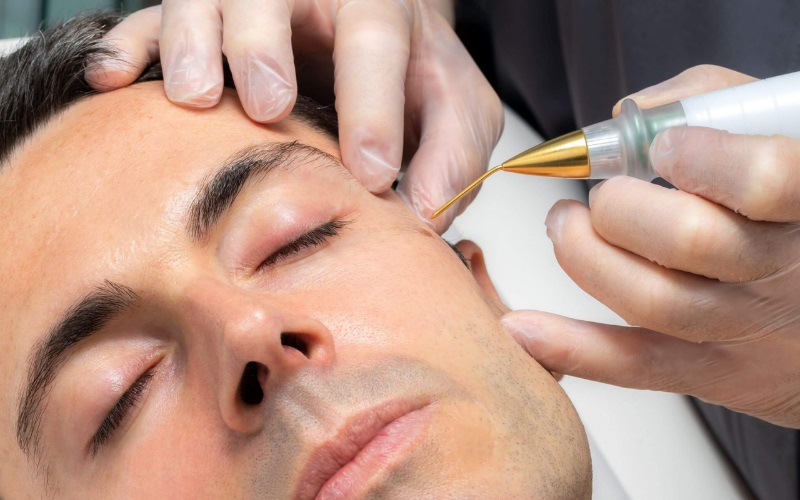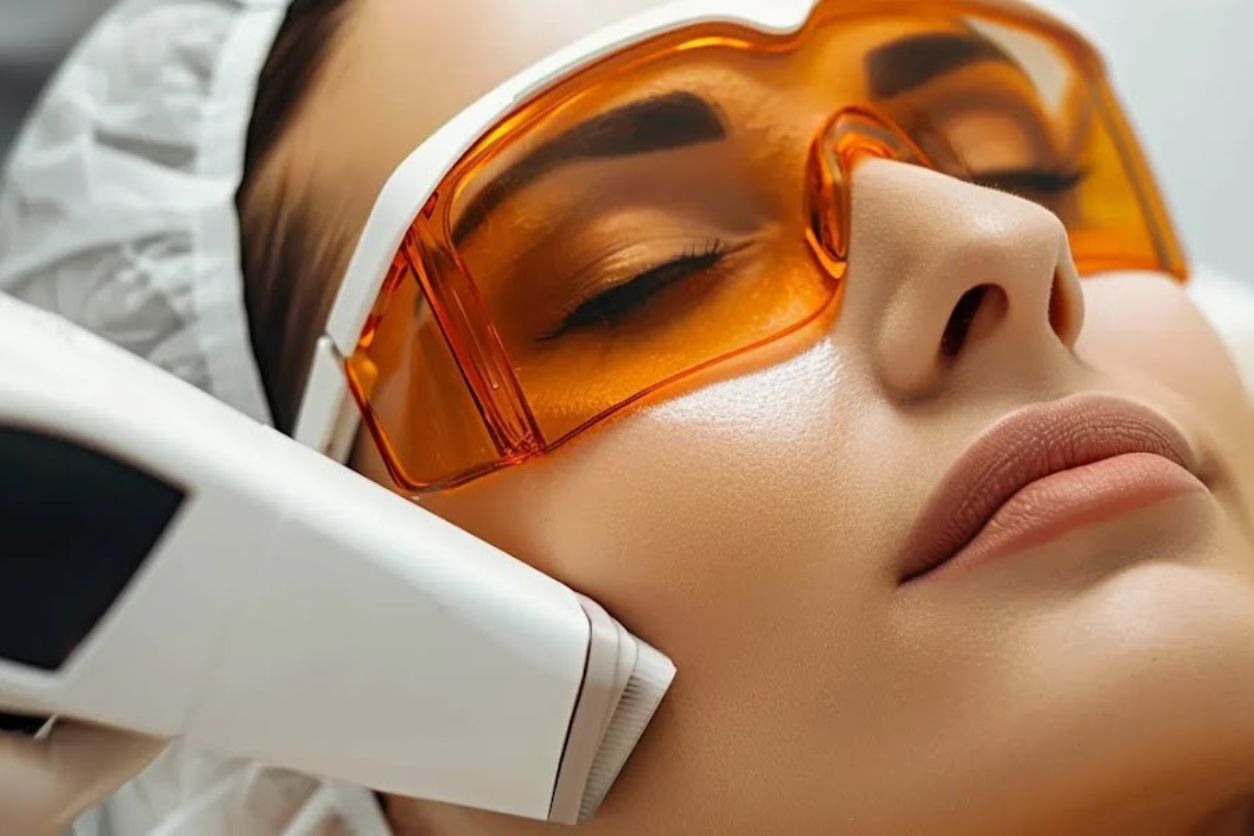If you haven’t heard about all the amazing things plasma can do, you need to listen up and buckle up, because Plasma is making waves and is believed by our founder, @theskinsaintofficial to be the future of skin rejuvenation. The Skin Saint started preaching plasma years before anyone in the industry now jumped on board ‑ so you know she is on top of innovative treatments shaping our industry. Plasma is actually one of the MOST advanced forms of skin rejuvenation to date.
Before we get into specific treatments, you should know that there are two types of plasma. Keep reading to find out more!
What is Plasma?
Plasma is often called the fourth state of matter. Unlike solids, liquids, or gases, plasma is formed when gas molecules are charged, losing electrons in the process. This creates a mix of ions, electrons, and neutral particles.
In cosmetic treatments, plasma can change the surface of the skin. It interacts with the cells to promote healing and stimulate collagen growth. Plasma treatments are effective for improving skin texture and elasticity.
The Food and Drug Administration (FDA) regulates many of the plasma devices used in aesthetic medicine. These devices are used to treat wrinkles, scars, and skin damage. Plasma therapy can work on multiple layers of the skin, making it a popular choice for skin rejuvenation.
Plasma Treatment Process
Plasma treatment involves the use of energized gas to modify a surface. The process begins when a specific gas, such as oxygen or nitrogen, is introduced into a vacuum chamber. Energy, usually in the form of radiofrequency or electricity, is applied to ionize the gas, forming plasma. This plasma can interact with the skin, promoting collagen production and improving elasticity.
The treatment can be adjusted by changing the type of gas or the energy level, allowing precise control over how deep the plasma penetrates the skin. This flexibility makes plasma treatment suitable for various skin conditions.
Plasma Treatment Applications in Other Industries
Plasma technology isn’t limited to skincare. It’s widely used in other fields like aerospace, automotive, and medical device manufacturing. Plasma treatments in these industries help clean surfaces and improve adhesion for coatings, paints, and bonding materials.
For example, in the automotive industry, plasma is used to treat plastic parts before painting, ensuring the paint sticks properly. In the medical field, plasma sterilizes equipment, removing bacteria and other contaminants without using harsh chemicals.
The ability to treat surfaces without causing damage makes plasma valuable across industries. Its versatility extends beyond cosmetics, proving useful for both industrial and healthcare applications.








